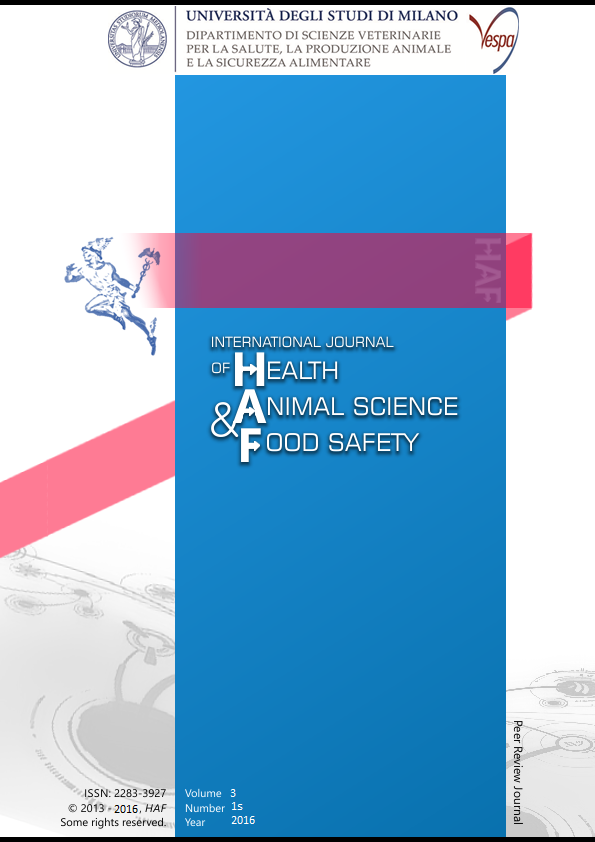Abstract
The tick Ixodes ricinus is vector of many pathogens important for human and animal health (Parola
and Raoult, 2001; Socolovschi, 2009). Midichloria mitochondrii (order Rickettsiales; family
Midichloriaceae) is an endosymbiont present in the salivary glands of 100% of Ixodes ricinus females.
Two lines of evidence suggest a transmission of M. mitochondrii in mammalians during the tick bite: 1)
detection of circulating DNA in blood samples of different animal species; 2) seropositivity toward a
M. mitochondrii protein (FliD) in humans and dogs exposed to tick bite (Mariconti 2012; Bazzocchi
2013). Here we present serological and molecular results demonstrating the circulation of M.
mitochondrii also in Capreolus capreolus (the host of choice for adult and nymph stages of I. ricinus),
confirming that this host is a good subject to study the spread of tick-borne pathogens.
Based on these results, FliD protein and other M. mitochondrii markers could thus be extremely useful
to determine the risk of infection by I. ricinus pathogens in given areas, and for investigating the
epidemiological association of a variety of pathological alterations with this tick.
Here we show results of the screening of 218 human sera (50 from non endemic areas used as negative
controls and 168 from subjects exposed to tick bite) collected in different areas of Germany. Results
showed that 48 out of 168 sera were positive to M. mitochondrii.
These results have posed the basis for the development of a serological test for investigating the
exposure of humans and animals to this tick species.
Riferimenti bibliografici
Bazzocchi, C., Mariconti, M., Sassera, D., Rinaldi, L., Martin, E., Cringoli, G., Urbanelli, S., Genchi, C., Bandi, C., Epis, S., 2013. Molecular and serological evidence for the circulation of the tick symbiont Midichloria (Rickettsiales: Midichloriaceae) in different mammalian species. Parasites & Vectors 6, 350–56.
Mariconti, M., Epis, S., Gaibani, P., Valle, C. dalla, Sassera, D., Tomao, P., Fabbi, M., Castelli, F., Marone, P., Sambri, V., Bazzocchi, C., Bandi, C., 2012. Humans parasitized by the hard tick Ixodes ricinus are seropositive to Midichloria mitochondrii: is Midichloria a novel pathogen, or just a marker of tick bite? Pathogens and Global Health 106, 391–396.
Parola, P., Raoult, D., 2001. Ticks and tickborne bacterial diseases in humans: an emerging infectious threat. Clinical Infectious Diseases 32, 897–928.
Socolovschi, C., Mediannikov, O., Raoult, D., Parola, P., 2009. The relationship between spotted fever group Rickettsiae and ixodid ticks. Veterinary Research 40, 34.
This work is licensed under a CC BY-SA 4.0 international

